New to Recording Pieces-to-Camera? Here’s What You Need to Know
If you're new to recording pieces-to-camera, then you may be feeling a little overwhelmed. Don't worry, we're here to help! In this blog post, we'll give you some basic tips on how to present yourself, how fast to talk and what kind of background to use. We'll also show you how to introduce yourself in front of the camera. Follow these tips and you'll be on your way to creating great videos
The Setup
When it comes to recording a piece-to-camera, there are a few basics that you need to keep in mind.
To start with, let’s think about your setting. You need to make sure that you are in a well-lit room. This means that you should be in front of a window or have a light source pointed at you. Also, don’t have the light shining from behind you. Also, consider what your background is. It is recommended to have a background that is uncluttered and neutral. This means that you should avoid busy patterns or objects that could take away from your message. However, with business videos, you might want to consider having your branding in the background.
The Script
While you don’t need a script, it is important to have a plan of what you want to say in your video.
It is always good to start by introducing yourself in front of the camera. Start by telling your audience your name and what you do. Then, give them a brief overview of what you'll be talking about in your video in a short sentence.
It is best not to try and cover too much in your video. Look to focus on one topic or issue in your video.
We also recommend that you avoid jargon and abbreviations as your audience may not know what they mean.
Lastly, thank them for watching!
The Recording
Before recording a piece-to-camera, always practice. Whether you record them or just rehearse what you what to say, get a feel for what you want to say and how. It will also help with nerves and what pace you are speaking at.
One of the most common mistakes that people make when recording a piece-to-camera is talking too fast. This can make you sound nervous and can cause your audience to miss important information. Instead, take a deep breath and speak at a slower-than-normal pace. This will help you sound more confident and will ensure that your audience understands what you're saying. You also need to be aware of your body language and remember to smile and make eye contact with the camera!
The Review
Once you have recorded your video, watch it back. Check you are happy with everything including the lighting, the speed and how you come across.
When you are happy, it is time to start thinking about publishing. You can edit the video to include an intro and outro screen, include a logo or add music to make it look more professional. Adding subtitles will also make your video more accessible. If you need any help with this, the team at Legal Growth are happy to provide some help with the editing to give those videos a more professional touch.
We hope that these tips have been helpful! Remember to practice in front of the camera so that you feel more comfortable when it comes time to record your video. With a little bit of practice, you'll be a pro in no time!
If you would like any additional advice or help with regards to recording your pieces-to-camera, feedback on recordings or assistance with editing your videos, including adding subtitles, give the Legal Growth team a call.

